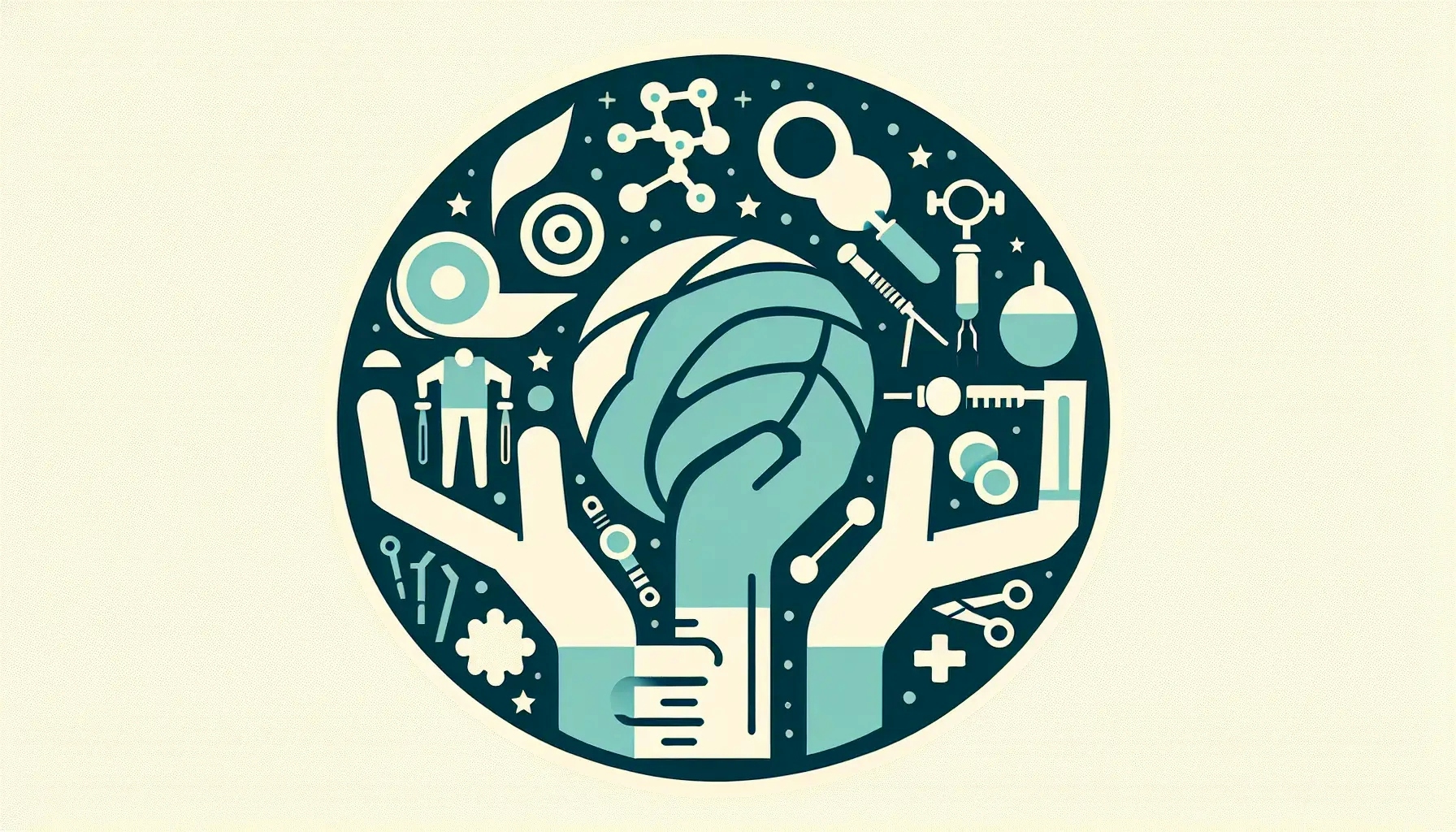Stroke survivors often face a challenging journey towards recovery. Occupational therapy, a critical component of the rehabilitation process, plays a significant role in helping these individuals regain their independence. This blog post delves into the intricacies of how occupational therapy aids in stroke recovery, exploring its various aspects, techniques, and benefits.
Understanding Occupational Therapy
Occupational therapy is a form of rehabilitation that helps individuals regain their ability to perform daily activities after a health crisis such as a stroke. It focuses on improving fine motor skills, cognitive abilities, and physical strength.
Occupational therapists work closely with stroke survivors, assessing their needs and developing personalized treatment plans. These plans aim to restore function, improve independence, and enhance quality of life.
Therapists use a variety of techniques, including physical exercises, cognitive tasks, and adaptive strategies. They also provide education and support to both the patient and their family, helping them understand the recovery process and manage expectations.
The Impact of Stroke on Daily Life
A stroke can have a profound impact on an individual's ability to perform daily tasks. It can lead to physical limitations, cognitive impairments, and emotional challenges.
Physical limitations may include weakness or paralysis on one side of the body, balance problems, and fatigue. Cognitive impairments can affect memory, attention, and problem-solving skills. Emotional challenges may involve dealing with feelings of frustration, depression, and anxiety.
Occupational therapy plays a crucial role in addressing these issues, helping stroke survivors regain their abilities and confidence.
How Occupational Therapy Aids Physical Recovery
Occupational therapy aids in physical recovery by helping stroke survivors regain strength and coordination. Therapists use a variety of exercises to improve muscle strength, flexibility, and endurance.
These exercises often mimic everyday tasks, such as reaching for objects, dressing, or cooking. This approach not only improves physical abilities but also helps individuals regain their independence in performing daily activities.
Occupational therapists also teach adaptive strategies, such as using assistive devices or modifying tasks, to help stroke survivors overcome physical limitations.
The Role of Occupational Therapy in Cognitive Rehabilitation
Cognitive rehabilitation is another crucial aspect of occupational therapy. After a stroke, individuals may struggle with memory, attention, problem-solving, and other cognitive skills.
Occupational therapists use various techniques to improve these abilities. For example, they may use memory exercises, attention tasks, and problem-solving activities. They also teach strategies to compensate for cognitive impairments, such as using reminders or breaking tasks into manageable steps.
Through cognitive rehabilitation, occupational therapy helps stroke survivors regain their cognitive abilities, enhancing their independence and quality of life.
Emotional Support and Education in Occupational Therapy
Beyond physical and cognitive rehabilitation, occupational therapy also provides emotional support and education. Stroke survivors often face emotional challenges, such as feelings of frustration, depression, and anxiety.
Occupational therapists provide support, helping individuals cope with these feelings. They also educate patients and their families about the recovery process, helping them understand what to expect and how to manage challenges.
By providing emotional support and education, occupational therapy plays a crucial role in helping stroke survivors and their families navigate the recovery journey.
The Long-Term Benefits of Occupational Therapy
The benefits of occupational therapy extend beyond the initial recovery period. By improving physical abilities, cognitive skills, and emotional well-being, occupational therapy enhances long-term quality of life for stroke survivors.
It helps individuals regain their independence, allowing them to participate in meaningful activities and maintain social connections. It also reduces the burden on caregivers, contributing to better family well-being.
In conclusion, occupational therapy is a vital component of stroke recovery, providing comprehensive support that addresses physical, cognitive, and emotional needs.
The Comprehensive Role of Occupational Therapy in Stroke Recovery
Occupational therapy plays a comprehensive role in stroke recovery, addressing physical, cognitive, and emotional needs. It helps stroke survivors regain their abilities, enhance their independence, and improve their quality of life. By understanding the role of occupational therapy in stroke recovery, we can better appreciate its value and advocate for its inclusion in stroke rehabilitation programs.

